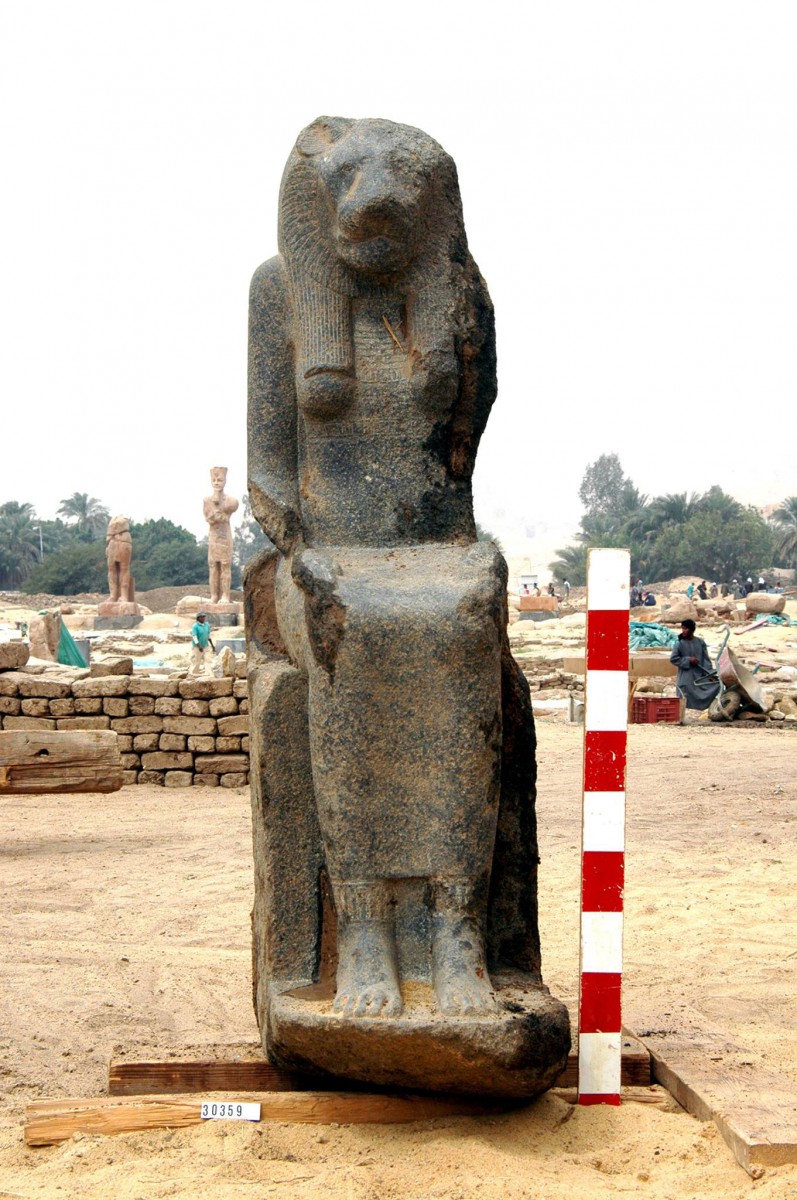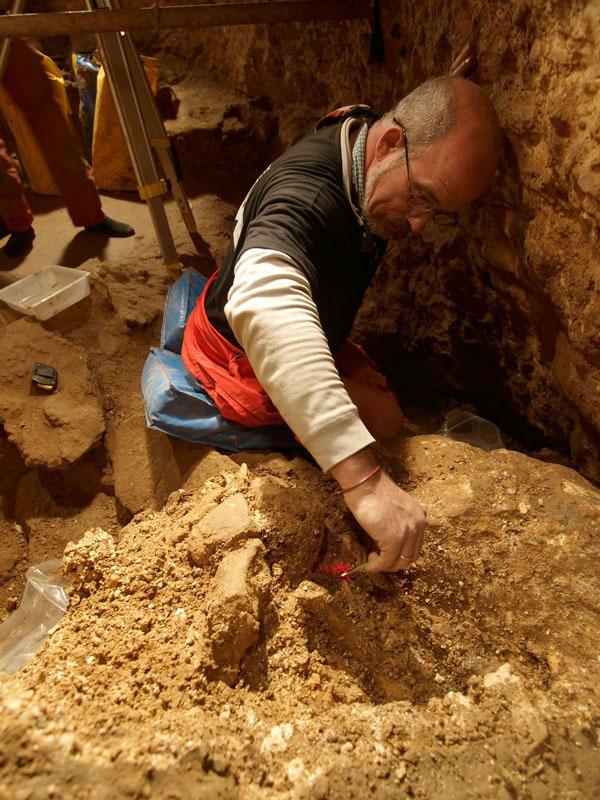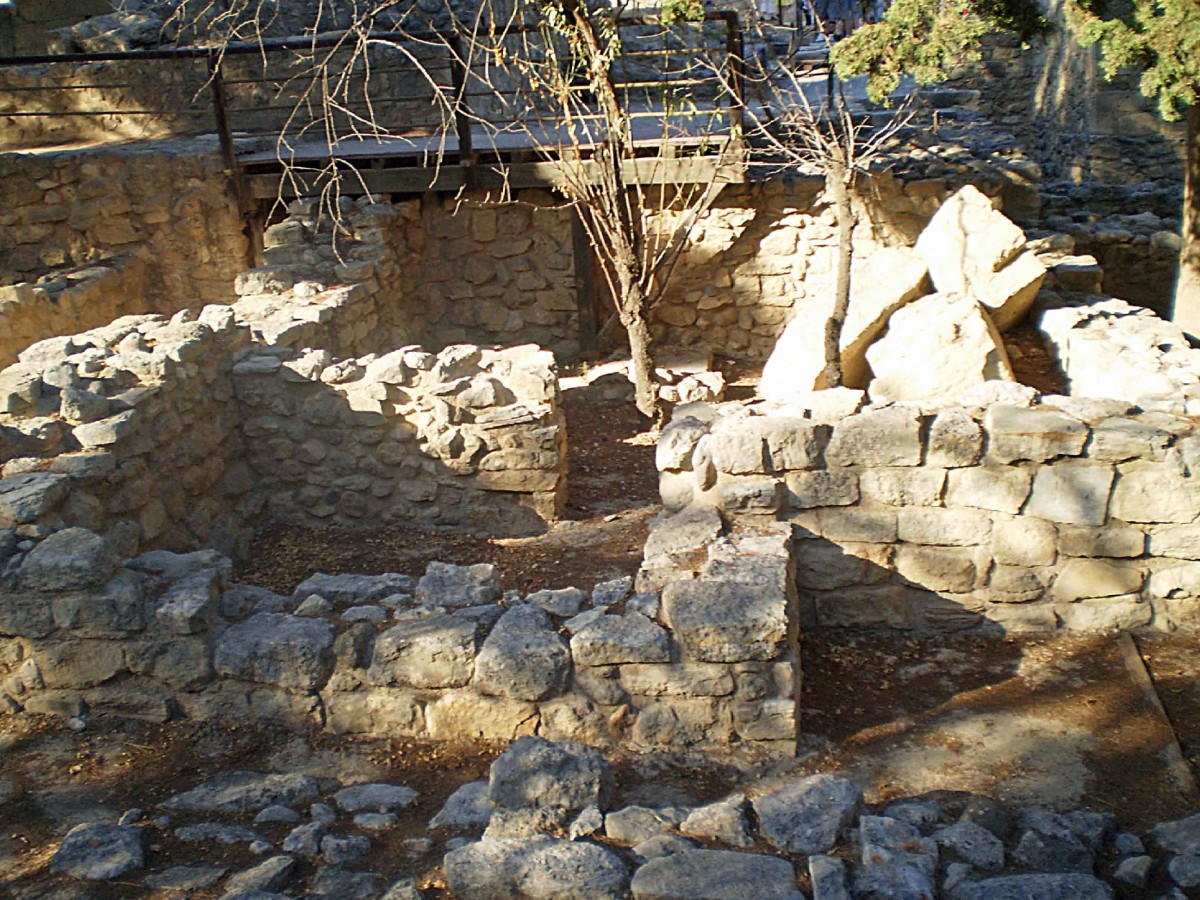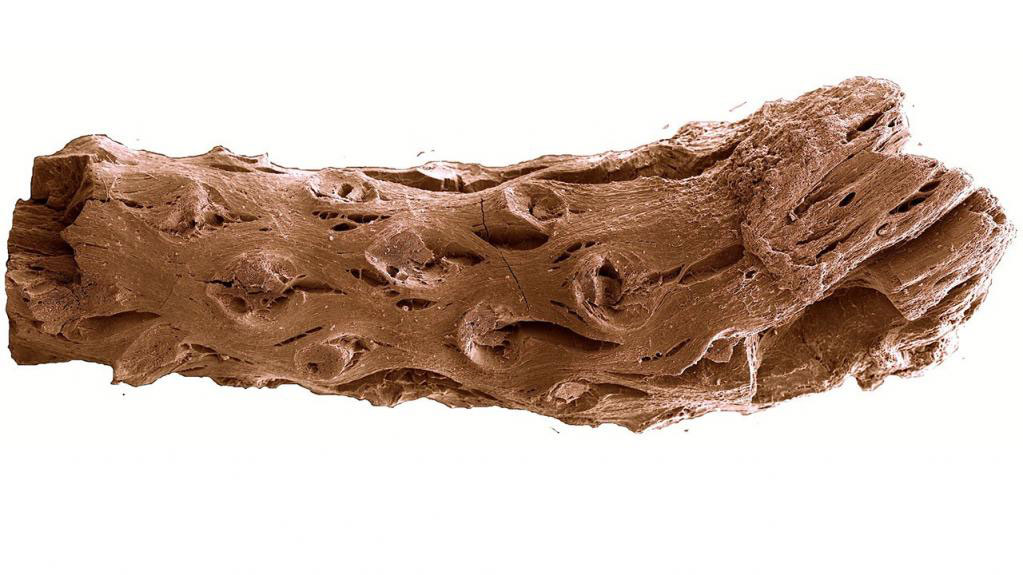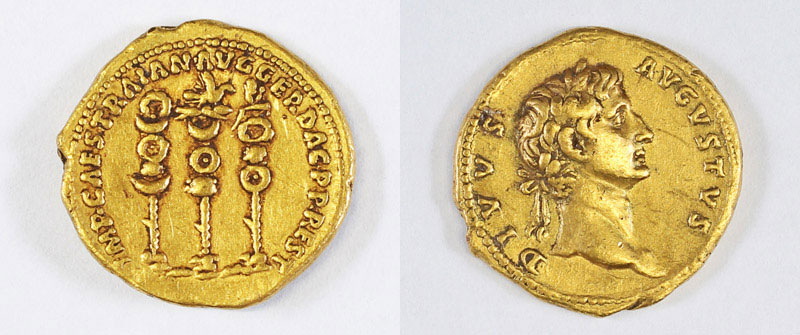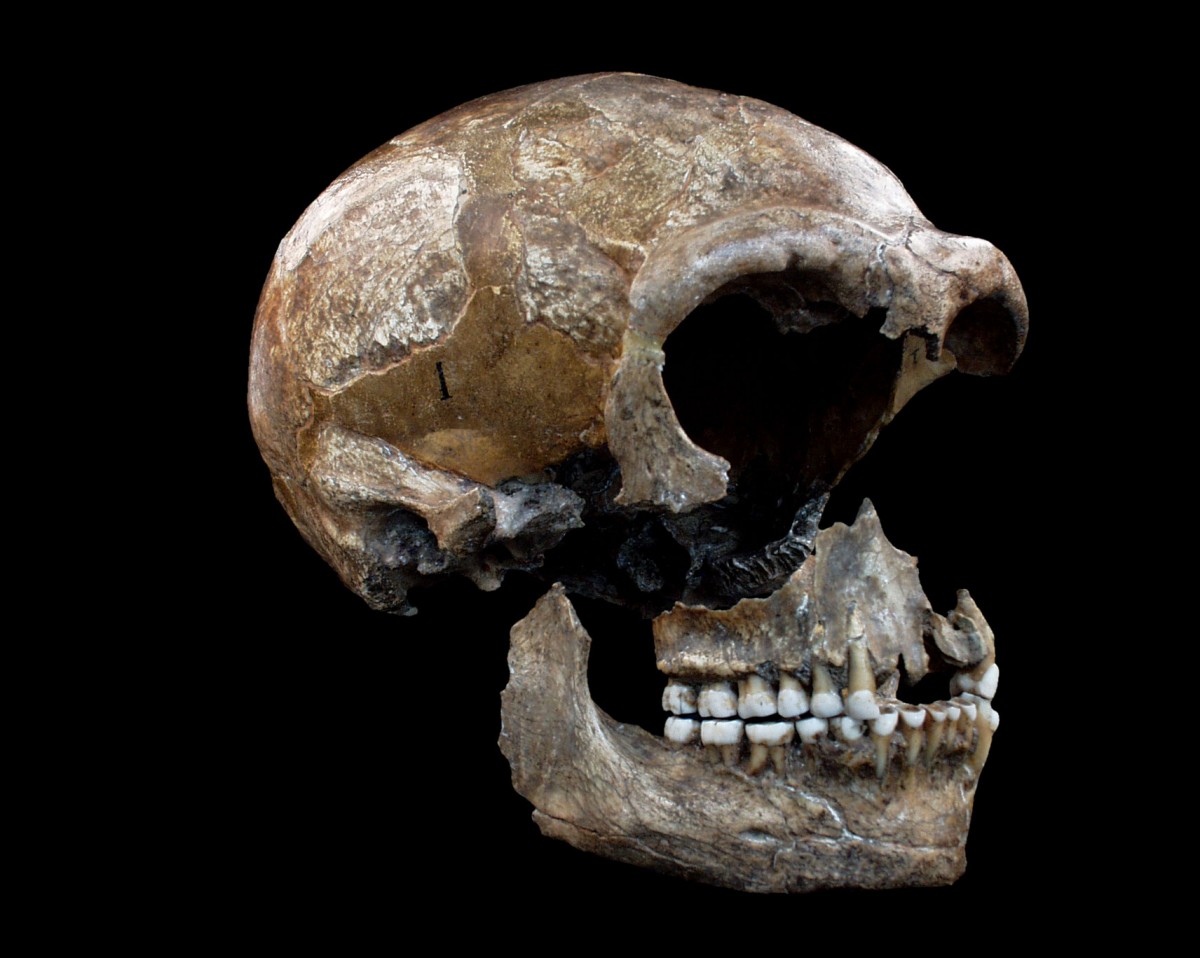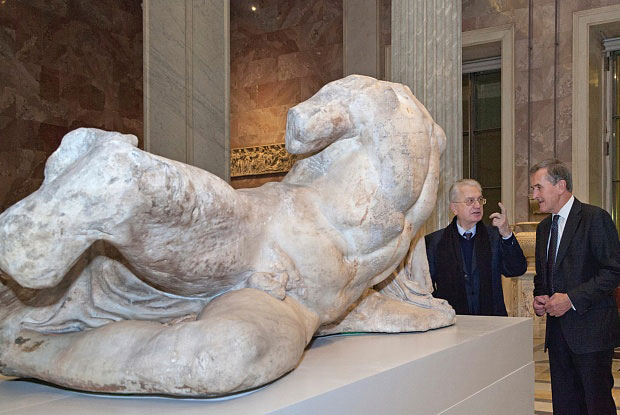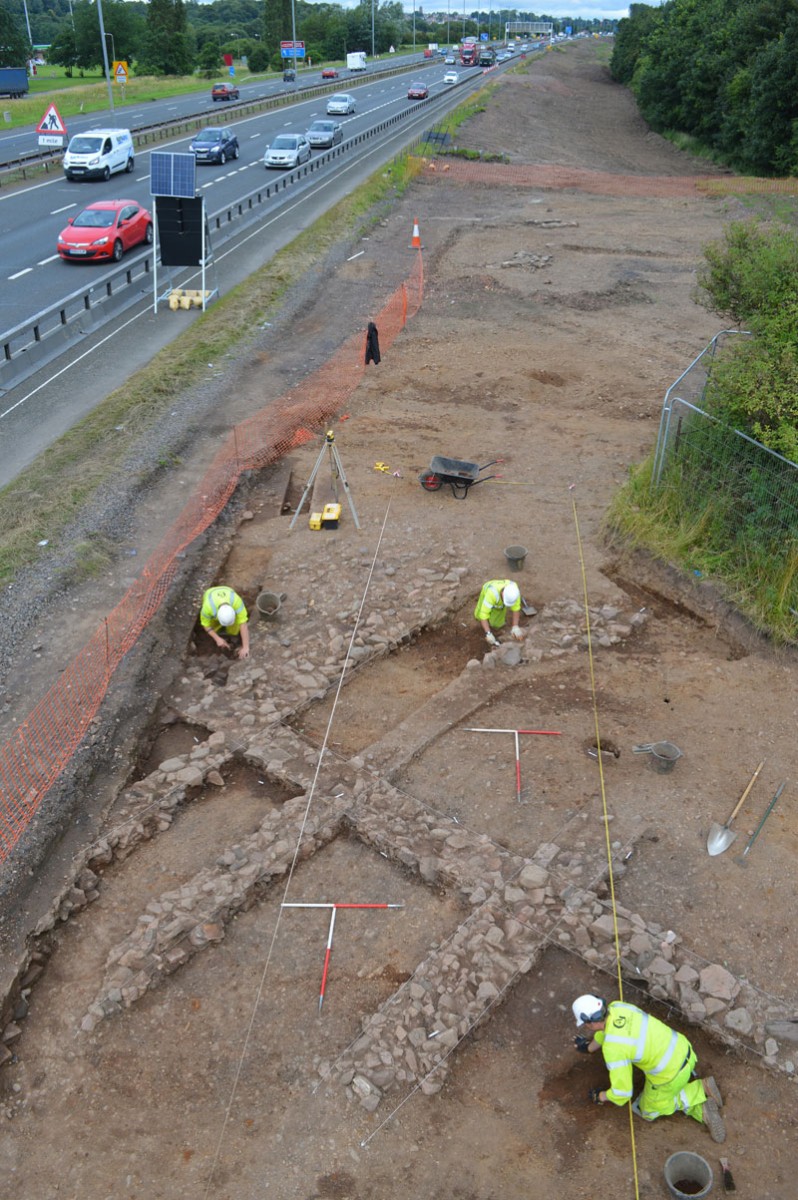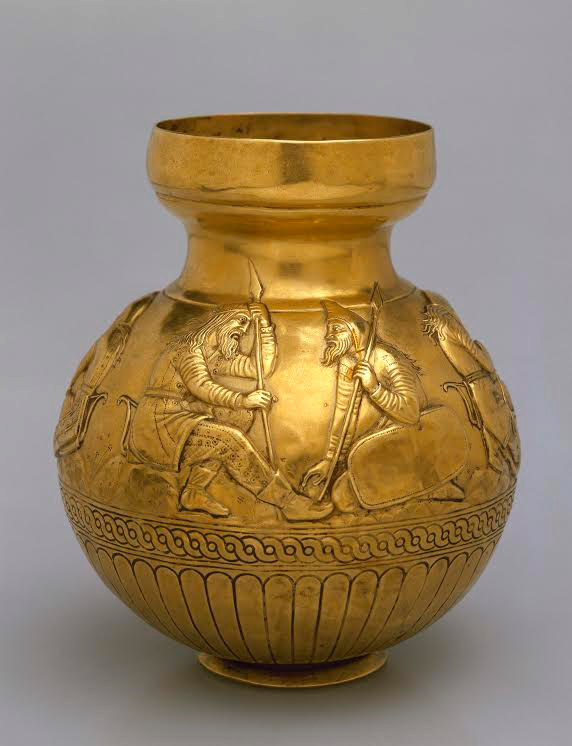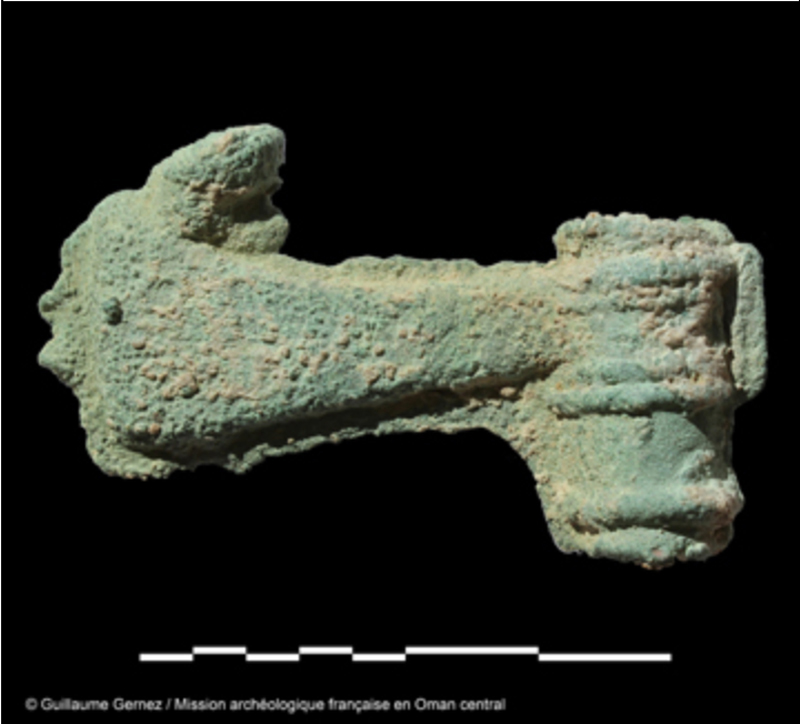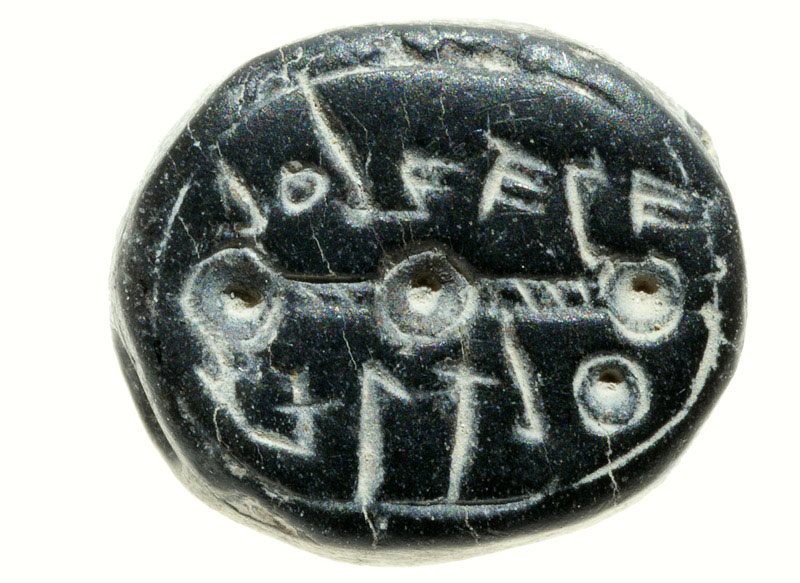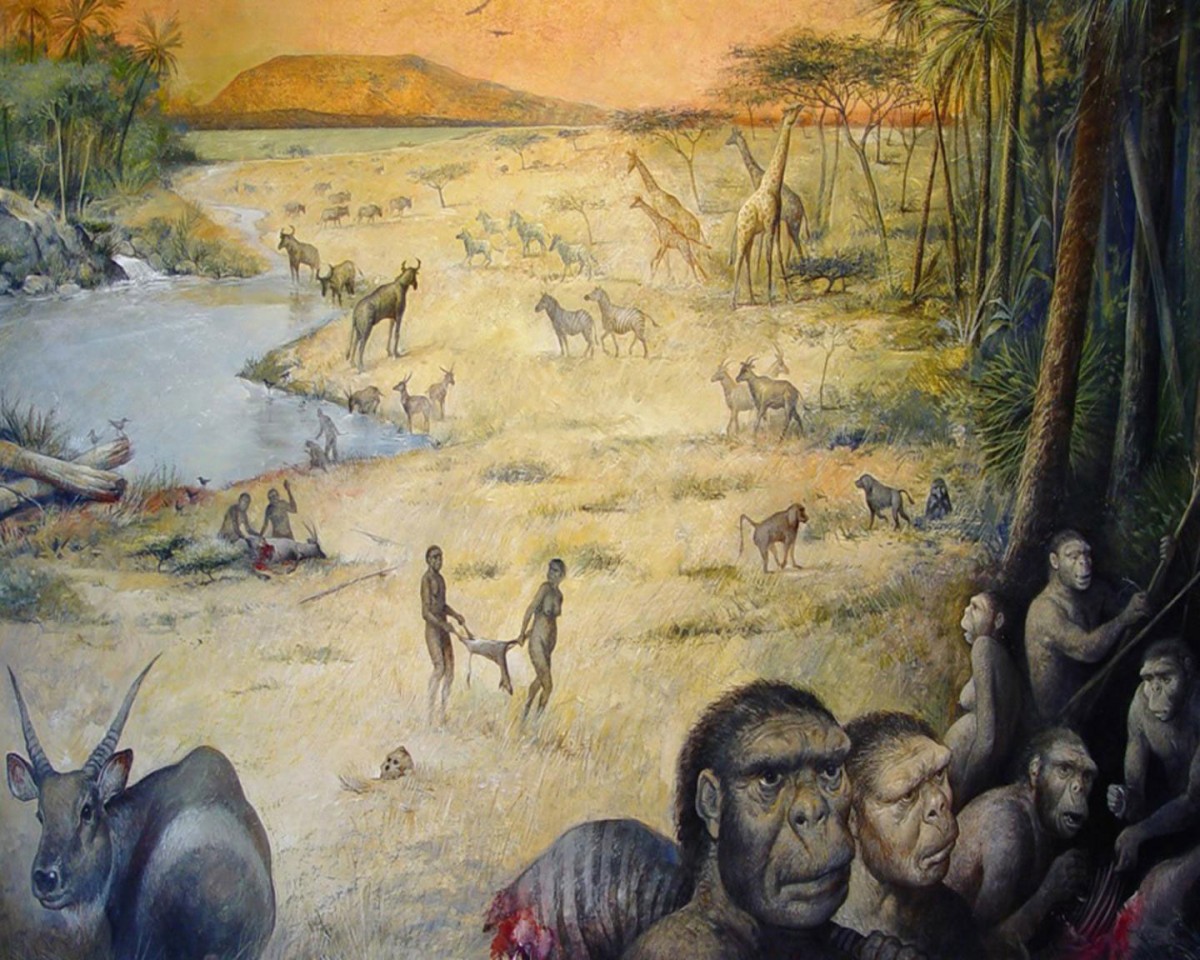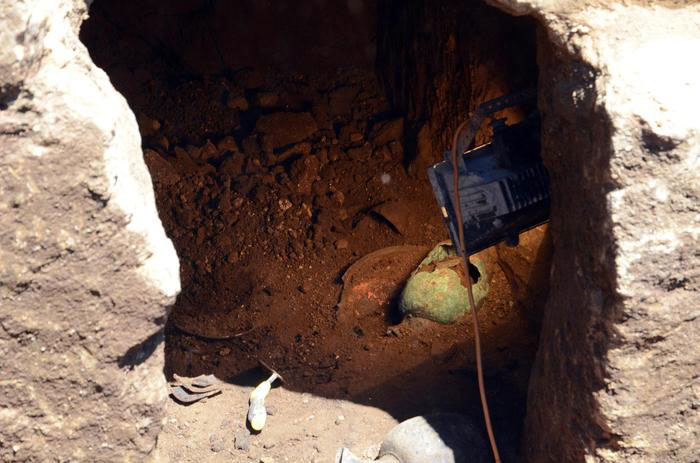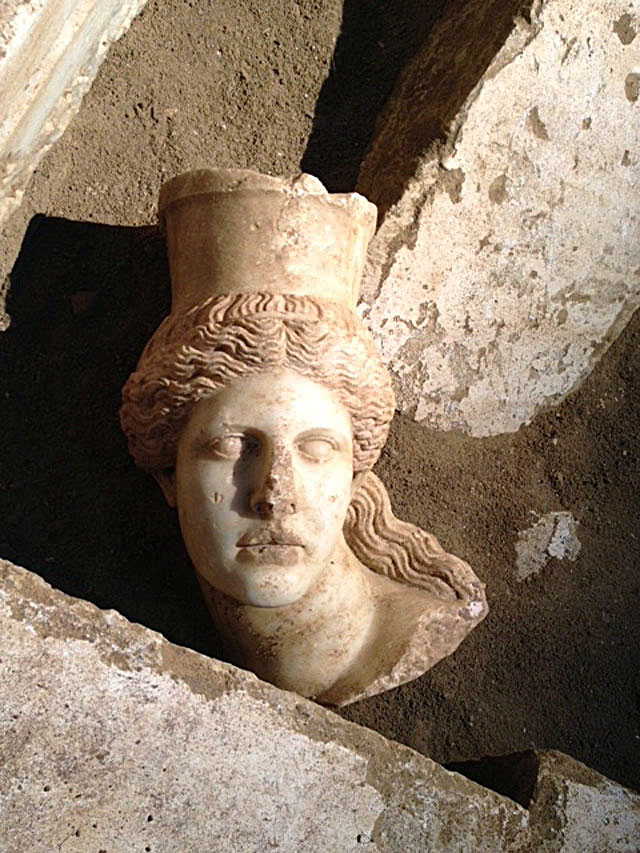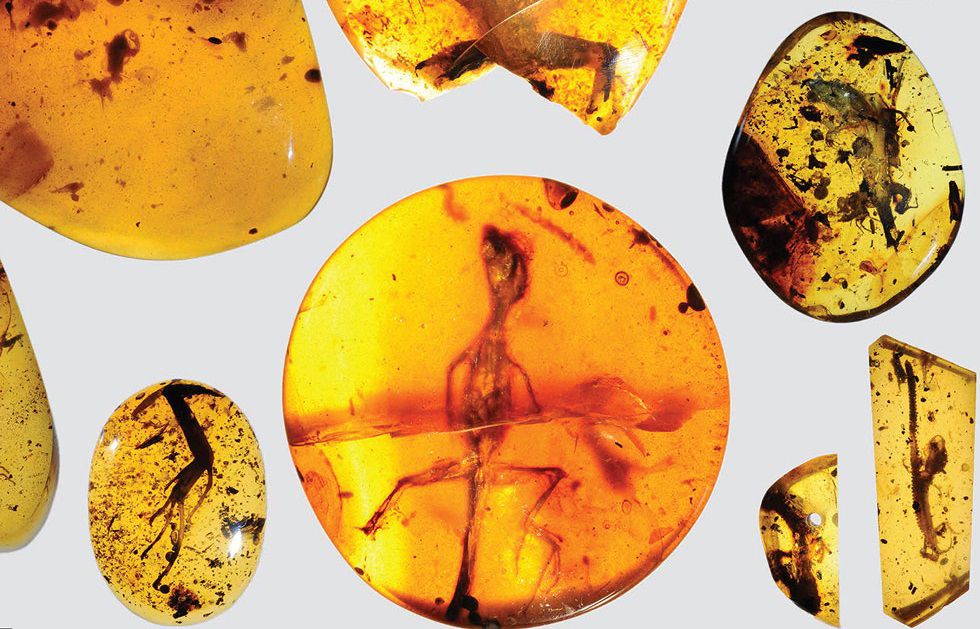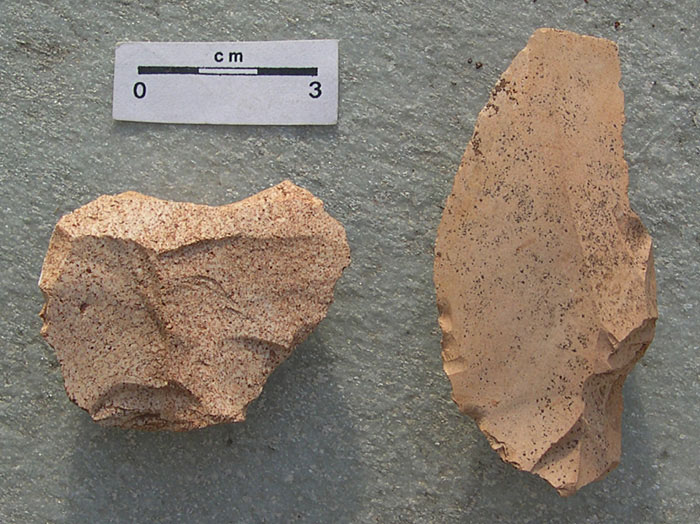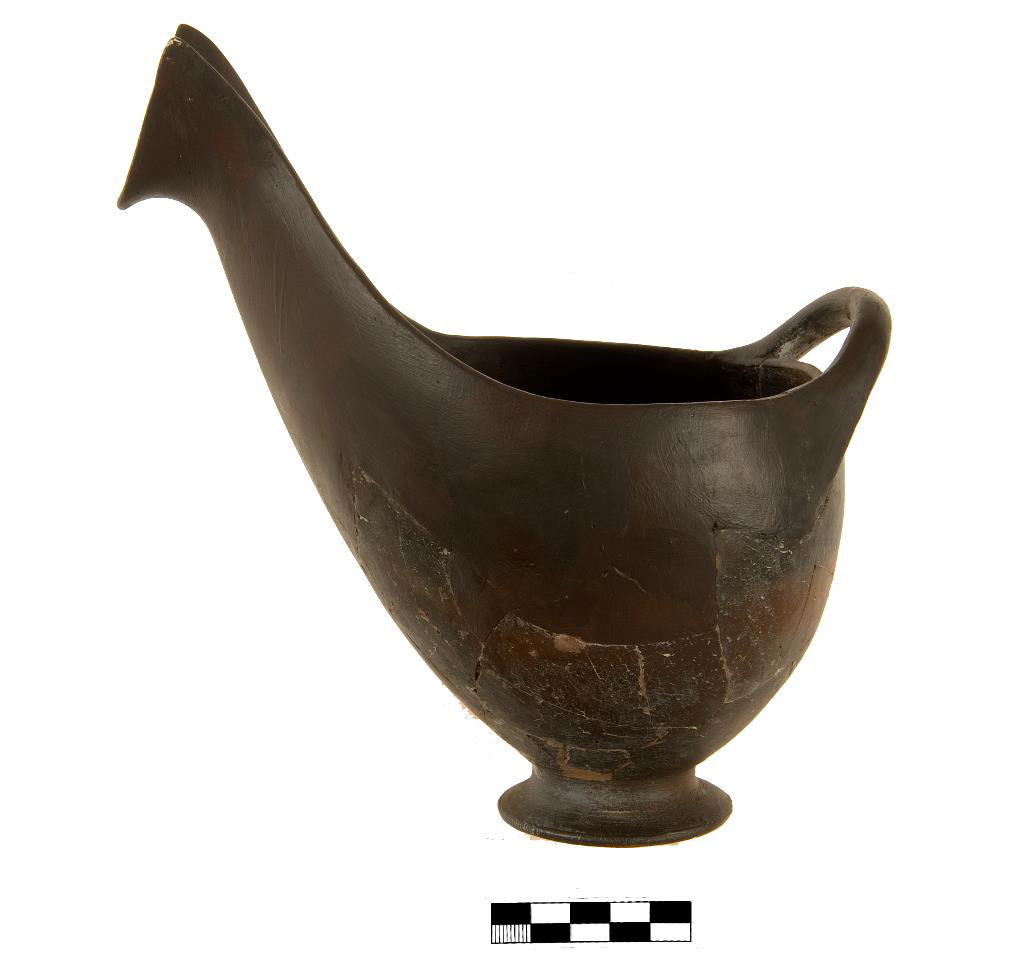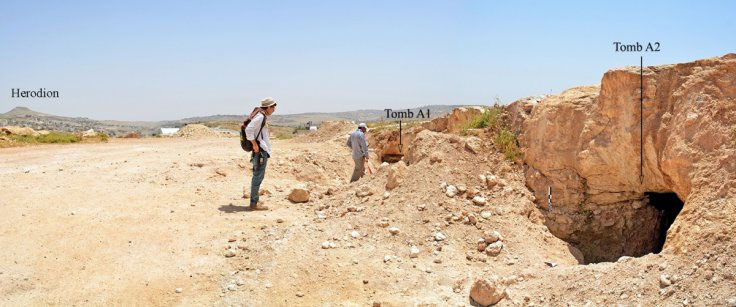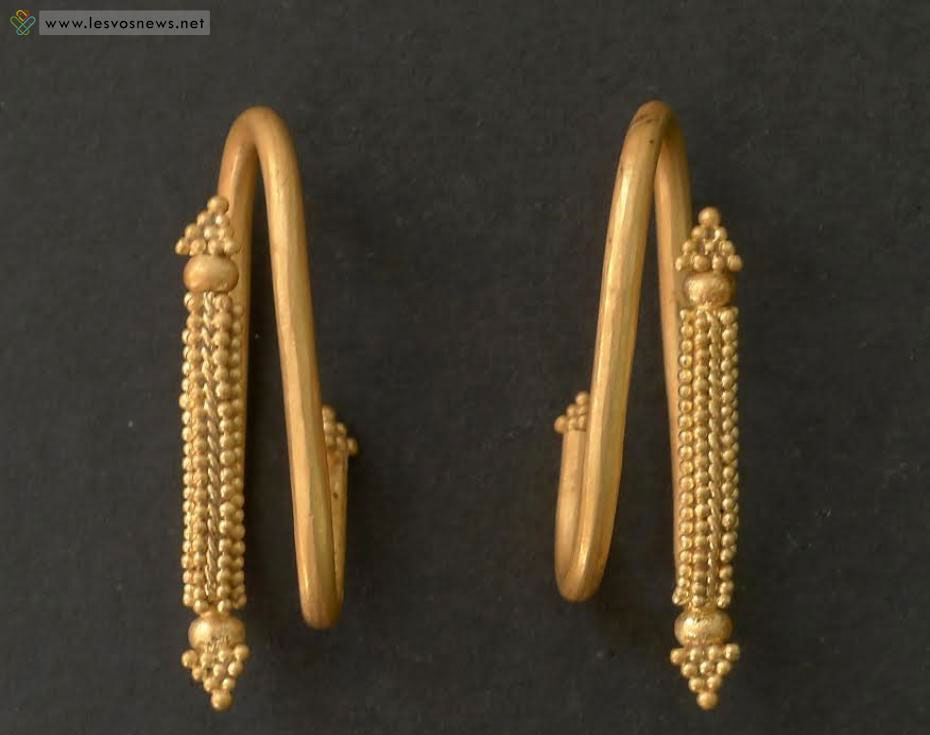More Sekhmet statues come to light
A group of 8 statues of the goddess Sekhmet in black granite were discovered by the members of “The Colossi of Memnon and Amenhotep III Temple Conservation Project” directed by Hourig Sourouzian.
Secrets of the Reformation hidden in England’s oldest printed bible
The annotations were discovered in England's first printed Bible, published in 1535 by Henry VIII's printer.
400,000-year-old fossils from Spain provide earliest genetic evidence of Neandertals
Analysis of nuclear DNA from Sima de los Huesos hominins provides evidence of their relationship to Neandertals.
Stolen Indian artifacts recovered from major auction house
Two stolen Indian statues were recovered from Christie's auction house in New York City earlier this month.
Oldest pine fossils reveal fiery past
Scientists from the Department of Earth Sciences at Royal Holloway, University of London have found the oldest fossils of the familiar pine tree that dominates Northern Hemisphere forests today.
Roman coin found by hiker in Israel
A surprising random discovery by Laurie Rimon, who was hiking with friends in the countryside, uncovered the "identical twin brother" of a rare British Museum coin.
The Neanderthals were 20 percent vegetarian
Based on the isotope composition in the collagen from the prehistoric humans’ bones, researchers found that the Neanderthals’ diet consisted primarily of large plant eaters, but it also included vegetarian food.
Greek statue at the British Museum travelled in secrecy to Russia
In 2014, the ancient Greek statue of the god Ilissos travelled in secrecy from London to the State Hermitage Museum in St Petersburg.
A medieval village under Central Scotland’s motorway
1000 year old medieval settlement uncovered by archaeologists.
Scythian heralds from the Hermitage to the Acropolis Museum
Three golden Scythian finds from the Hermitage collection will be on display in the Acropolis Museum.
First non-utilitarian weapons found in the Arabian Peninsula
An exceptional collection of bronze weapons dating from the Iron Age II (900-600 BC) has been uncovered near Adam, in the Sultanate of Oman.
First Temple period seals found, one belonged to a powerful woman
Two seals bearing Hebrew names were uncovered in a large building dating to the First Temple period in excavations the Israel Antiquities Authority is carrying out at the City of David.
Multiple cosmic impacts 790,000 years ago
Heidelberg researchers determine age of rock glasses from various parts of the world.
Early human habitat, recreated for first time, shows life was no picnic
Pioneering Rutgers scientist helps reconstruct an ancient East African landscape where human ancestors lived 1.8 million years ago.
Etruscan princess tomb yields treasures
A tomb in northern Italy, discovered earlier this year, has yielded treasures attributed to an Etruscan princess after excavations.
Academics discussed Amphipolis
For the first time since 2013 Katerina Peristeri, head of the much debated excavation project, spoke in the framework of a conference, receiving questions and comments from her fellow archaeologists.
Shipwrecks, tree rings reveal Caribbean hurricanes in buccaneer era
Records of Spanish shipwrecks combined with tree-ring records show the period 1645 to 1715 had the fewest Caribbean hurricanes since 1500, according to new University of Arizona-led research.
World’s oldest chameleon found in amber fossil
About 100 million years ago an infant lizard’s life was cut short when it crawled into a sticky situation.
Neanderthals inhabited Pindos in Palaeolithic Era
Archaeological surveys and excavations have shown that Pindos range, Greece, was a refuge for Neanderthal Man in the Middle Palaeolithic Era.
‘Cycladica’ around the Urla Peninsula, Izmir during the 3rd and 2nd Millennia BC
Lecture by Vasif Sahoglu, professor at the Ankara University, to be given on Thursday, March 10, 2016.
Necropolis near Bethlehem confirms Caananite town existed
A team of Italian and Palestinian archaeologists have discovered an ancient necropolis with more than 100 tombs near Bethlehem, providing poof of nearby Caananite wealthy town.
A Geometric period tomb was found in Lesvos
The deceased was accompanied by five grey ware drinking vessels and an impressive group of gold and bronze jewelry.
Did Henry VIII suffer same brain injury as some NFL players?
Traumatic brain injury explains the memory problems, explosive anger, inability to control impulses, headaches, insomnia— and maybe even impotence — that afflicted Henry during the decade before his death.
